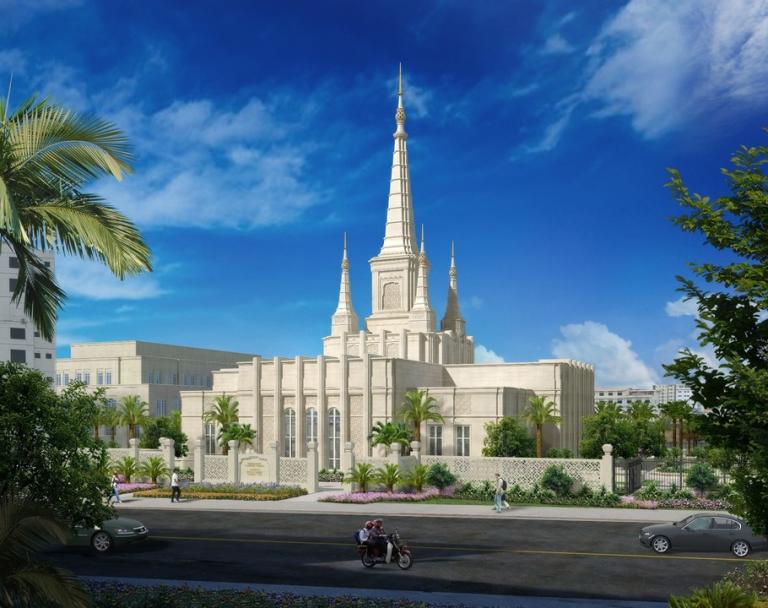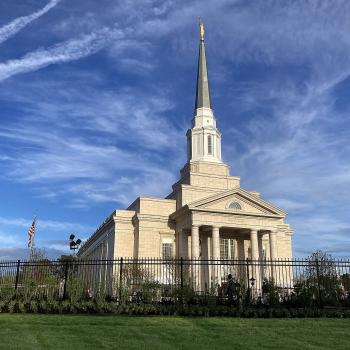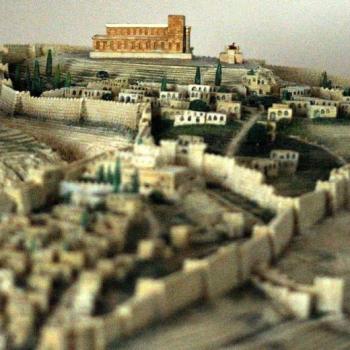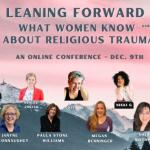
(Wikimedia Commons public domain photograph)
Conference Talks: “All Abraham’s Children: A Genetic Perspective” is the name of a presentation that was given by Dr. Ugo A. Perego on Saturday, 12 March 2016, as part of 2016’s Second Interpreter Science & Mormonism Symposium: “Body, Brain, Mind, and Spirit.”
Dr. Perego’s presentation is now available for your listening and viewing pleasure at no cost.

Apart from spending time in the swimming pool with a portion of our posterity, our most significant effort of the day was walking over to the Royal British Columbia Museum, strolling through most of its exhibits, and taking in an IMAX film on natural history entitled Animal Kingdom: A Tale of Six Families. (I’m not going to count going to the grocery store.)
We always visit the RBCM when we’re staying here and when our schedule permits. (Which it usually does, because we make it fit.). The major current visiting exhibit at the Museum is Angkor: The Lost Empire of Cambodia. I found it very fascinating indeed. A significant focus of the exhibit and its commentary was the sacred temple architecture of the ancient Khmer people, and there were certain themes that caught my particular interest.
- First of all, Angkor as a whole was built as a terrestrial representation of what was thought to be a celestial or heavenly reality, the dwelling place of the gods.
- The temples were oriented to the four cardinal directions, but principally to the east.
- The temples were patterned after a holy mountain, and ascent of the mountain, in stages, symbolized ascent to the divine.
- Progressively fewer people (priests) were permitted to enter the increasingly sacred (and higher) precincts of the temple.
- As in ancient Egypt, statues of the gods were ritually anointed, clothed, and fed.
- An Egyptian-sounding ritual of “opening the eyes” was performed for new divine statues.
- The temple was surrounded by a moat, which reminded me very powerfully of the idea of the divine mountain or the temple arising out of the primordial sea.
There were other such areas of resonance for me, but the list above is what comes to mind at the moment, as I write.

(Photo by Francisco Anzola, Wikimedia Commons public domain)
I think that I’ll return for the rest of this blog entry to James D. G. Dunn, Why believe in Jesus’ Resurrection? (London: Society for Promoting Christian Knowledge, 2016).
Speaking of the claim that Jesus rose from the dead, Professor Dunn remarks that
the extraordinariness and lack of parallel should not count against the claim itself. We cannot deny a claim simply because it is extraordinary, otherwise we could hardly make sense, for example, of the beginning of the cosmos, or even of Alexander the Great’s invasion of India. (2)
And then he makes what I regard as a very sage observation, even it it be a simple one:
To start with, we should not fail to note that there are no accounts of Jesus’ resurrection itself! Or, at least, there are no accounts of Jesus’ resurrection worth considering as first-hand accounts of his first followers. The only account as such from the early centuries of Christianity is in the Gospel of Peter, which is so far removed from the Gospel accounts as to appear fanciful, and if anything highlights the soberness of the Gospel accounts. (2-3, italics in the original)
Here’s an important point:
When did the belief that Jesus had been raised from the dead first emerge? The answer to this question is surprising. Surprising, because extraordinary claims about people regarded as famous usually take some time, even generations, to arise. But in the case of Jesus the belief that he had been raised from the dead emerged very soon after his death — indeed, as we shall see, within days of that death, according to the earliest testimonies. (4)
What about the transforming experience of Saul the persecutor on the road to Damascus, which transformed him into the great apostle Paul:
Was Paul mistaken? That is certainly possible. But Paul was probably the sharpest mind among the earliest believers — a well-trained Pharisee for a start. . . . And suggestions that he had had a fit, or something similar, on the Damascus road make little sense when we recall how effectively he responded thereafter to the many complex challenges which he encountered in the churches he established. (8)
Here are three of the challenges that Professor Dunn identifies in connection with the claim of Jesus’ resurrection from the dead:
-
An event which turned an arch-persecutor of the first Christians into the most effective Christian and missionary. And yet he writes so persuasively about it, and attributes his great success to the risen Jesus, who he believed had encountered and commissioned him.
-
Disciples who seemed to have lost all hope yet were transformed and became effective emissaries of one decisively rejected by the leaders of his/their own people.
-
A grave found empty, with no other undisturbed grave suggested as Jesus’ true end, despite the hostility to the early Christian proclamation, or anything forming a decisive riposte for those unconvinced by the resurrection claims.
-
A belief in resurrection — that is, not simply restoration to a life which would end in death [e.g., as in the case of Lazarus and the daughter of Jairus and the son of the widow of Nain], but resurrection to life beyond death. Why so in the case of one man when it soon became clear that it was not really the beginning of the (general) resurrection of the dead [which Jews expected at the end of the world, not at the beginning of the first century of the common era]? (39)
Posted from Victoria, British Columbia













